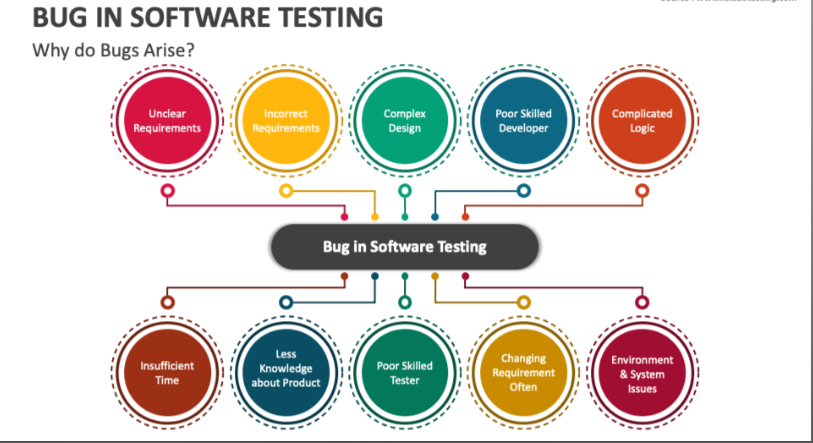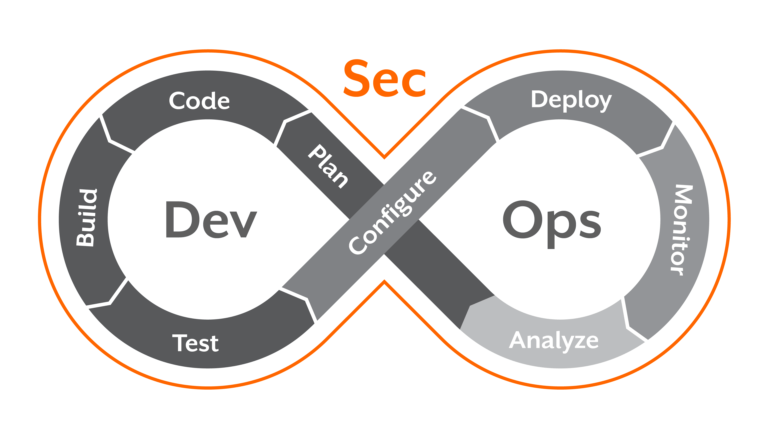Introduction
Did you know that cybercrime is projected to cost the world $10.5 trillion annually by 2025? As digital threats evolve, cybersecurity has become one of the most critical skills for IT professionals. Yet, many people are unaware of key cybersecurity facts that shape the industry.
The increasing digitization of businesses, governments, and personal data has made cybersecurity a top priority for organizations worldwide. Cybercriminals are becoming more sophisticated, using advanced tools and techniques to exploit vulnerabilities. From phishing scams and ransomware attacks to artificial intelligence-driven threats, cyber risks are evolving at an unprecedented rate.
Without proper cybersecurity knowledge, businesses and individuals remain vulnerable to data breaches, financial losses, and reputational damage. Cybersecurity professionals play a crucial role in defending networks, preventing unauthorized access, and Data Integrity Testing. However, despite the demand for skilled cybersecurity experts, there is a significant shortage of trained professionals in the industry.
Whether you’re an aspiring cybersecurity professional, an IT enthusiast, or someone who simply wants to protect their online presence, gaining knowledge in cybersecurity is essential. In this blog, we’ll uncover shocking cybersecurity truths, real-world examples, and how enrolling in Cyber Security Courses Online can prepare you for a thriving career in IT security.
1. Cybercrime Is More Profitable Than the Global Drug Trade
According to Cybersecurity Ventures, cybercrime generates more revenue than the global illegal drug trade combined. Hackers use tactics such as ransomware, phishing, and identity theft to steal billions of dollars from individuals and organizations.
Real-World Example: The Colonial Pipeline ransomware attack in 2021 forced a major U.S. fuel supplier to shut down operations, leading to panic buying and gas shortages across the East Coast. The attackers demanded $4.4 million in cryptocurrency to restore access.
How Cyber Security Courses Help:
- Teach you penetration testing to identify vulnerabilities before hackers do.
- Provide hands-on training in ethical hacking techniques.
- Cover strategies for risk management and threat mitigation.
2. Over 95% of Cyber Attacks Are Due to Human Error
A report by IBM states that human error is responsible for 95% of security breaches. Employees clicking on malicious links, using weak passwords, or failing to recognize phishing attempts are common causes of cyber incidents.
Example: The 2013 Target data breach occurred because an employee unknowingly granted access to hackers via a phishing email, leading to the theft of 40 million credit card details.
How a Security Online Course Helps:
- Teaches best practices in cybersecurity hygiene.
- Covers social engineering tactics and how to prevent phishing attacks.
- Provides real-world simulations to help learners recognize and respond to threats.
3. The Dark Web Is a Hub for Cybercrime
The dark web is an encrypted part of the internet where illegal activities thrive. Cybercriminals buy and sell stolen data, hacking tools, and malware here.
Example: In 2021, cybersecurity firms uncovered over 1 billion stolen passwords being sold on dark web marketplaces.
How IT Security Classes Help:
- Teach dark web monitoring to track stolen credentials.
- Explain ethical hacking tools like Kali Linux.
- Introduce threat intelligence techniques to predict and prevent attacks.
4. AI and Machine Learning Are Changing Cybersecurity
AI-powered security systems can detect threats faster than humans, but cybercriminals are also leveraging AI to create smarter, adaptive malware.
Example: AI-powered bots now execute automated phishing attacks, tricking victims into revealing credentials faster than traditional methods.
How Cyber Security Courses Online Prepare You:
- Introduce AI-driven security tools like SIEM (Security Information and Event Management).
- Teach behavioral analytics to identify anomalies in network activity.
- Cover automated response techniques to counter AI-powered threats.
5. Ransomware Attacks Occur Every 11 Seconds
Cybersecurity Ventures estimates that a ransomware attack happens every 11 seconds globally. These attacks encrypt files and demand payment to restore access.
Example: In 2017, the WannaCry ransomware attack affected over 200,000 computers worldwide, disrupting hospitals, businesses, and government agencies.
How a Cyber Security Course Can Help:
- Covers ransomware prevention techniques.
- Teaches backup and recovery strategies.
- Provides real-world case studies for better understanding.
6. The Shortage of Cybersecurity Professionals Is a Global Crisis
According to CyberSeek, there are over 3.5 million unfilled cybersecurity jobs worldwide. Organizations are in dire need of skilled professionals to protect their networks.
Example: Many companies, including Fortune 500 firms, struggle to fill cybersecurity positions due to a lack of trained professionals.
How IT Security Classes Help You Secure a Job:
- Offer certification training in CompTIA Security+, CISSP, and CEH.
- Provide real-world projects to boost your resume.
- Connect learners with industry experts for career guidance.
7. Phishing Remains the Most Common Cyber Threat
Phishing attacks account for over 80% of reported security incidents. These attacks trick users into revealing sensitive information through fake emails, messages, or websites.
Example: The 2020 Twitter hack occurred when attackers tricked employees into revealing credentials, leading to high-profile account takeovers.
How a Security Online Course Helps:
- Teaches email filtering techniques.
- Covers multi-factor authentication (MFA) to add extra security.
- Provides hands-on exercises to identify phishing scams.
8. Zero-Day Exploits Can Take Months to Detect
A zero-day exploit is a vulnerability unknown to developers until hackers exploit it. It takes an average of 279 days for companies to detect and contain a breach.
Example: The Log4j vulnerability discovered in 2021 allowed hackers to execute remote code on millions of servers.
How Cyber Security Courses Prepare You:
- Teach zero-day attack detection techniques.
- Cover penetration testing to discover flaws before hackers do.
- Provide training on security patch management.
9. IoT Devices Are Prime Targets for Cybercriminals
Smart devices like cameras, thermostats, and wearables are often poorly secured, making them easy targets for cybercriminals.
Example: The Mirai botnet attack in 2016 hijacked over 600,000 IoT devices to launch a massive DDoS attack.
How IT Security Classes Help:
- Teach IoT security best practices.
- Cover device encryption and authentication.
- Explain network segmentation to isolate vulnerable devices.
10. Cybersecurity Is a Lucrative Career Path
Cybersecurity professionals earn higher-than-average salaries, with entry-level positions starting at $80,000+ per year. Specialized roles like penetration testers and security analysts command six-figure salaries.
Example: Companies like Google, Microsoft, and Amazon are actively hiring cybersecurity experts with competitive pay packages.
How a Cyber Security Course Boosts Your Career:
- Prepares you for high-paying certifications.
- Provides job placement assistance.
- Teaches hands-on skills demanded by employers.
Conclusion
Cybersecurity is a fast-growing field with endless opportunities. Whether you want to prevent cyber threats, become a security analyst, or pursue ethical hacking, the right training is crucial.
Get started today! Enroll in H2K Infosys cyber security course for hands-on learning, expert guidance, and industry-recognized certifications!






























